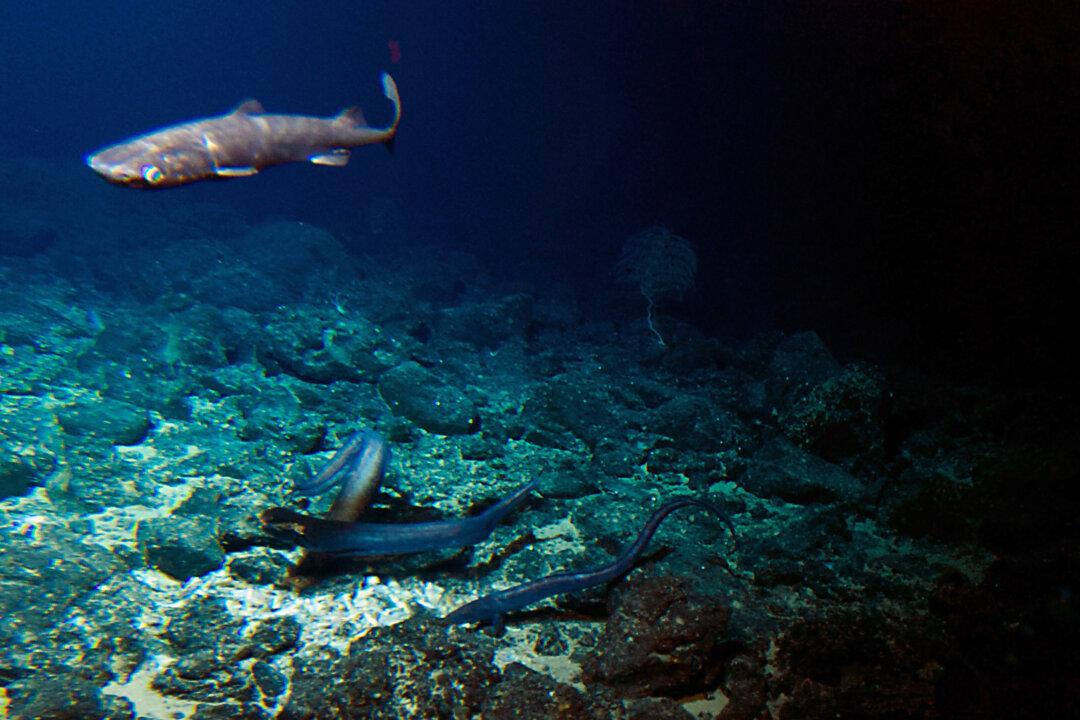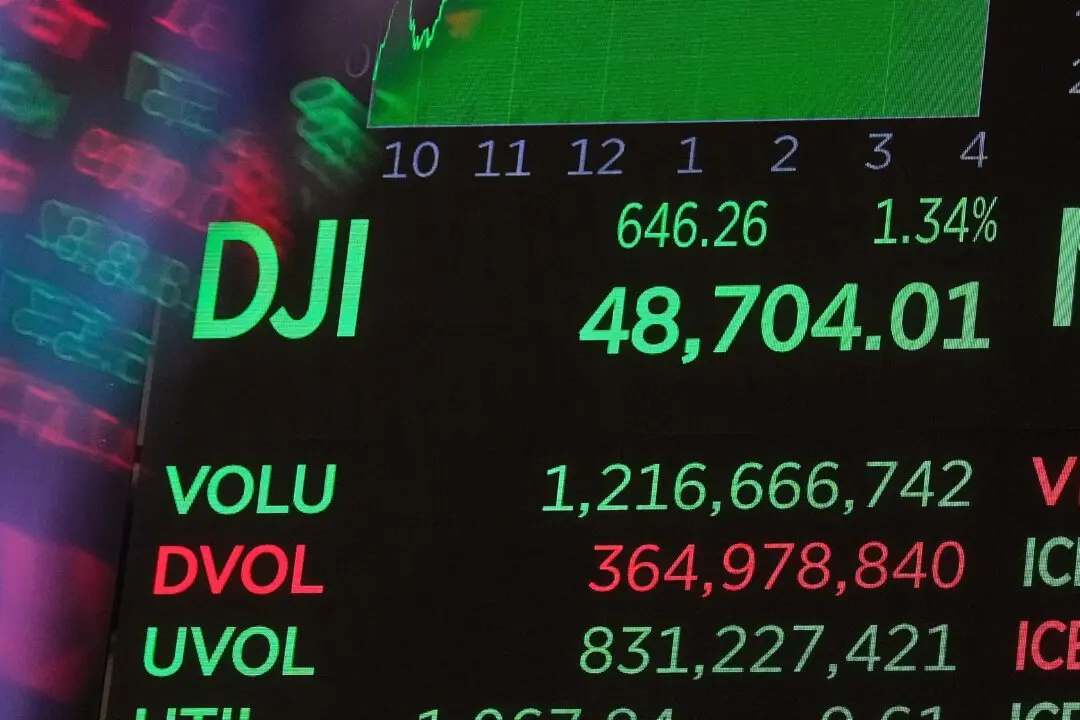GEOLOGIST SEAMOUNTS, Hawaii—The turquoise waters became darker and darker, and squiggly glow-in-dark marine creatures began to glide past in the inky depths like ghosts.
The three-man submarine went down, down, down into the abyss and drew within sight of something no human had ever laid eyes on: Cook seamount, a 13,000-foot extinct volcano at the bottom of the sea.

Conservation International marine biologist Greg Stone looks at the Pisces V submersible before diving to the summit of the Cook seamount during an expedition to the previously unexplored underwater volcano off the coast of Hawaii's Big Island on Sept. 6, 2016. "My goal today is to ... find out what's living on them, find out how they support ocean life, what their effect is from ocean currents and essentially what drives the ocean, what makes the ocean what it is," Stone said. "Seamounts are a key part of that, and something which humanity knows very little about." AP Photo/Caleb Jones





